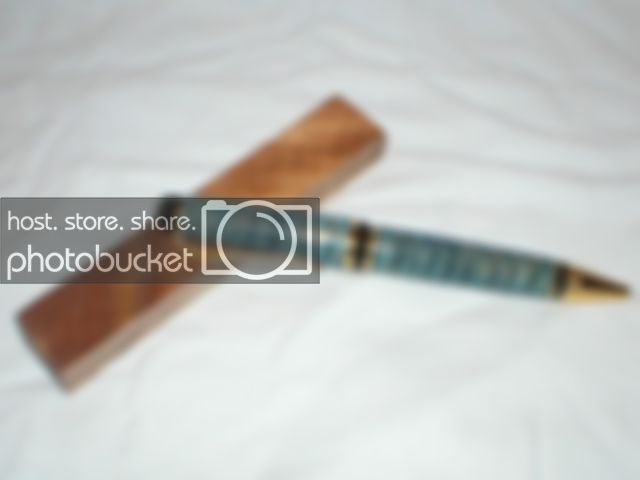ZanderPommo
Member
i've been doing CA a few months, with ok results (usually very good-occasionally not) and I just tried with using BLO with the CA a few days ago. im not impressed. the finish looks very dull, but feels very smooth, so i know its solid CA.
I put BLO on a towel, then wiped it on, and followed with CA rubbing it on really really fast for 6 coats, BLO first, then CA. it came out looking fairly smooth so i hit it with only the 12k mm.
so my question is should i do the CA first? will that help at all?
before i was using just CA/accelerant and would do 3 coats, then sand w/600, then do three more coats, lightly sand w/600 all the way up to 12k.
this seemed way more time consuming and difficult then when i used the BLO (which was easy as pie) so id like to make this work.
is it possible i just shoulda did all the mm sheets??
any input is GREATLY appreciated
I put BLO on a towel, then wiped it on, and followed with CA rubbing it on really really fast for 6 coats, BLO first, then CA. it came out looking fairly smooth so i hit it with only the 12k mm.
so my question is should i do the CA first? will that help at all?
before i was using just CA/accelerant and would do 3 coats, then sand w/600, then do three more coats, lightly sand w/600 all the way up to 12k.
this seemed way more time consuming and difficult then when i used the BLO (which was easy as pie) so id like to make this work.
is it possible i just shoulda did all the mm sheets??
any input is GREATLY appreciated

